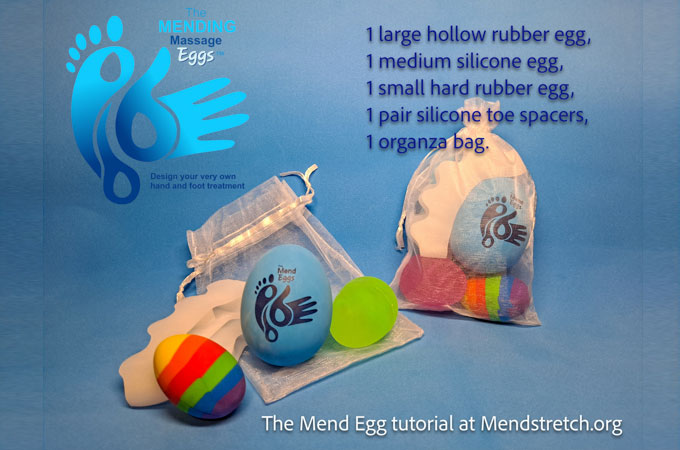The Catch-22 In The Toxic Chemicals Law
Transcript
AUDIE CORNISH, HOST:
Now, the contaminant that leaked into the Elk River was a chemical called MCHM, and officials in West Virginia have promised to investigate how it might affect the public and the environment. That prompted NPR's Daniel Zwerdling to ask why didn't they know that before?
DANIEL ZWERDLING, BYLINE: Scientists do know a few things about MCHM. I went online and got a copy of a manufacturer's safety data sheet. It's says, warning, exclamation mark, harmful if swallowed, causes skin and eye irritation. OK, but now people want to know could there be any long-term effects from the huge spill and here's what the company's safety data sheet says about that.
Mutagenicity. In other words, does the chemical cause mutations? No data available. Carcinogenicity, no data available. Reproductive toxicity, no data available. If we could look at most chemicals and industry storage tanks around the country, have scientists studied most of them to know if they're safe or not?
RICHARD DENISON: The unfortunate answer is no.
ZWERDLING: Richard Denison is a biochemist with the Environmental Defense Fund. He's served on government and industry advisory boards.
DENISON: The vast majority of industrial chemicals have never been required to be tested for safety.
ZWERDLING: And to understand why, you have to look back to the 1970s. Congress passed the first major laws, saying we should crack down on water pollution and protect workers from dangerous chemicals. And then public health specialists said, wait a minute, how can we protect workers and the environment when we hardly know anything about most chemicals used in the industry?
So Congress passed the Toxic Substances Control Act. It's nicknamed TSCA. Nicholas Ashford(ph) says, this was historic.
NICHOLAS ASHFORD: This would be the first time that industrial chemicals across the board could be subjected to testing rules and placing the burden on industry to undergo the testing for safety.
Click here to continue reading the transcriipt and to listen to the interview
























